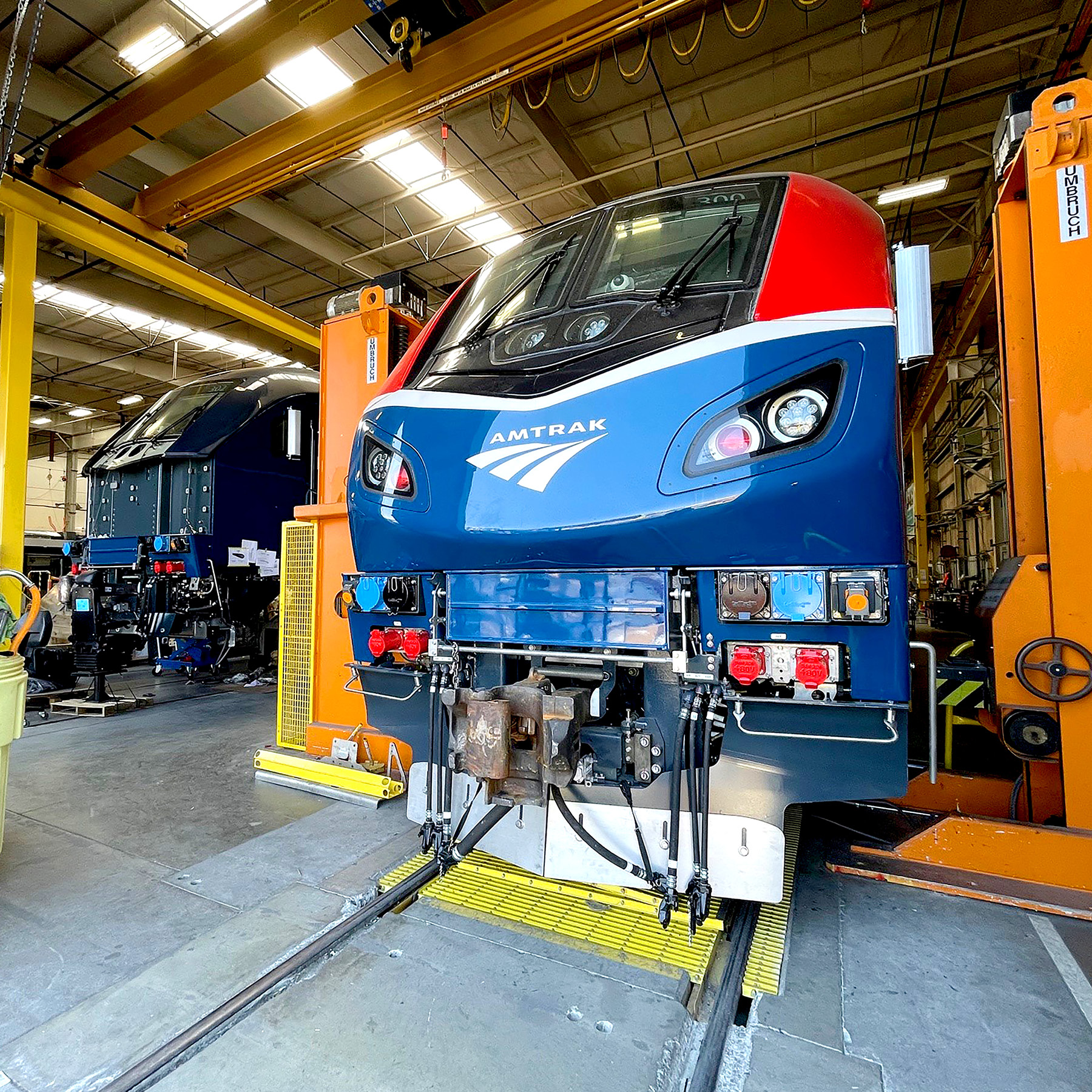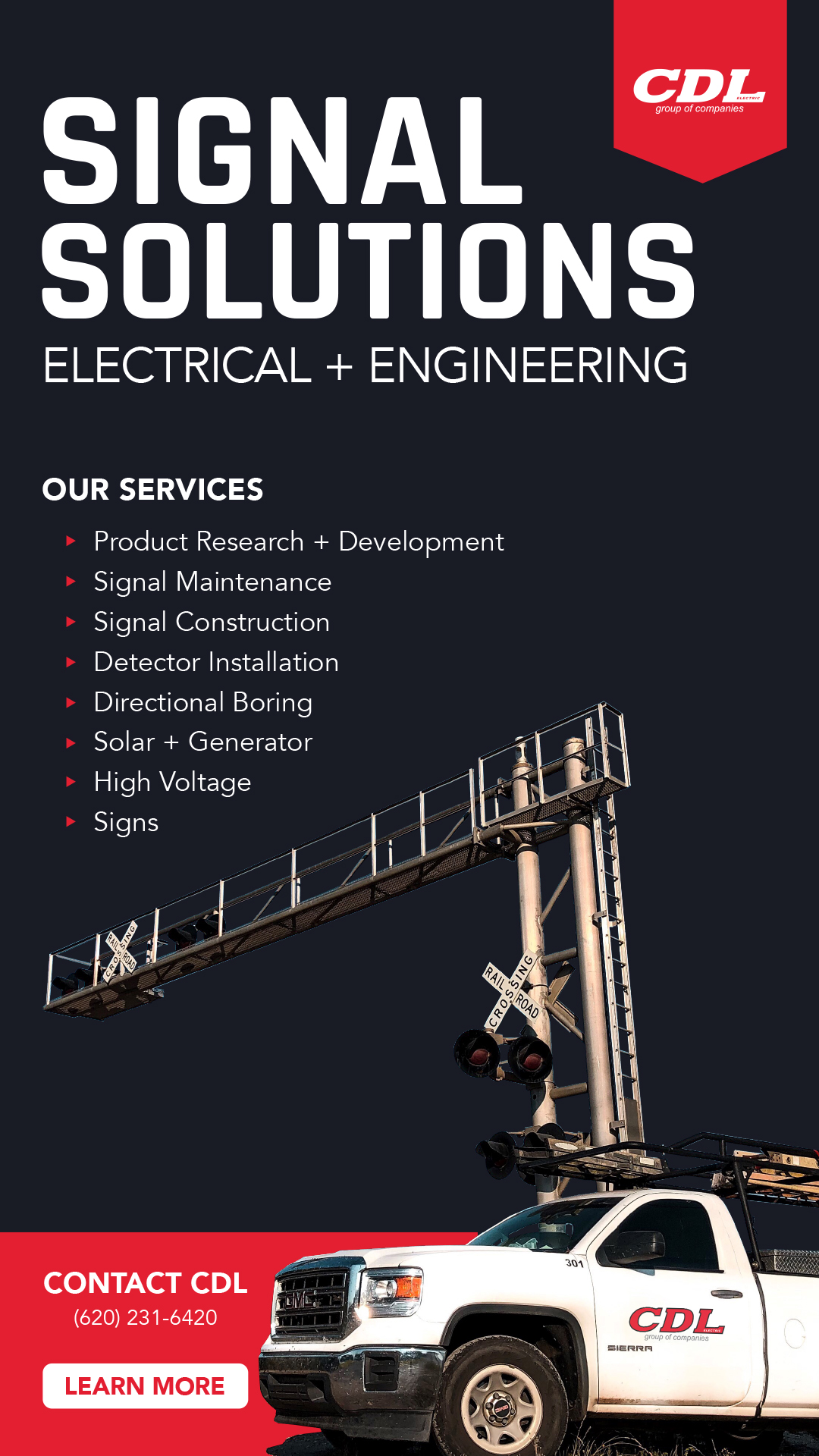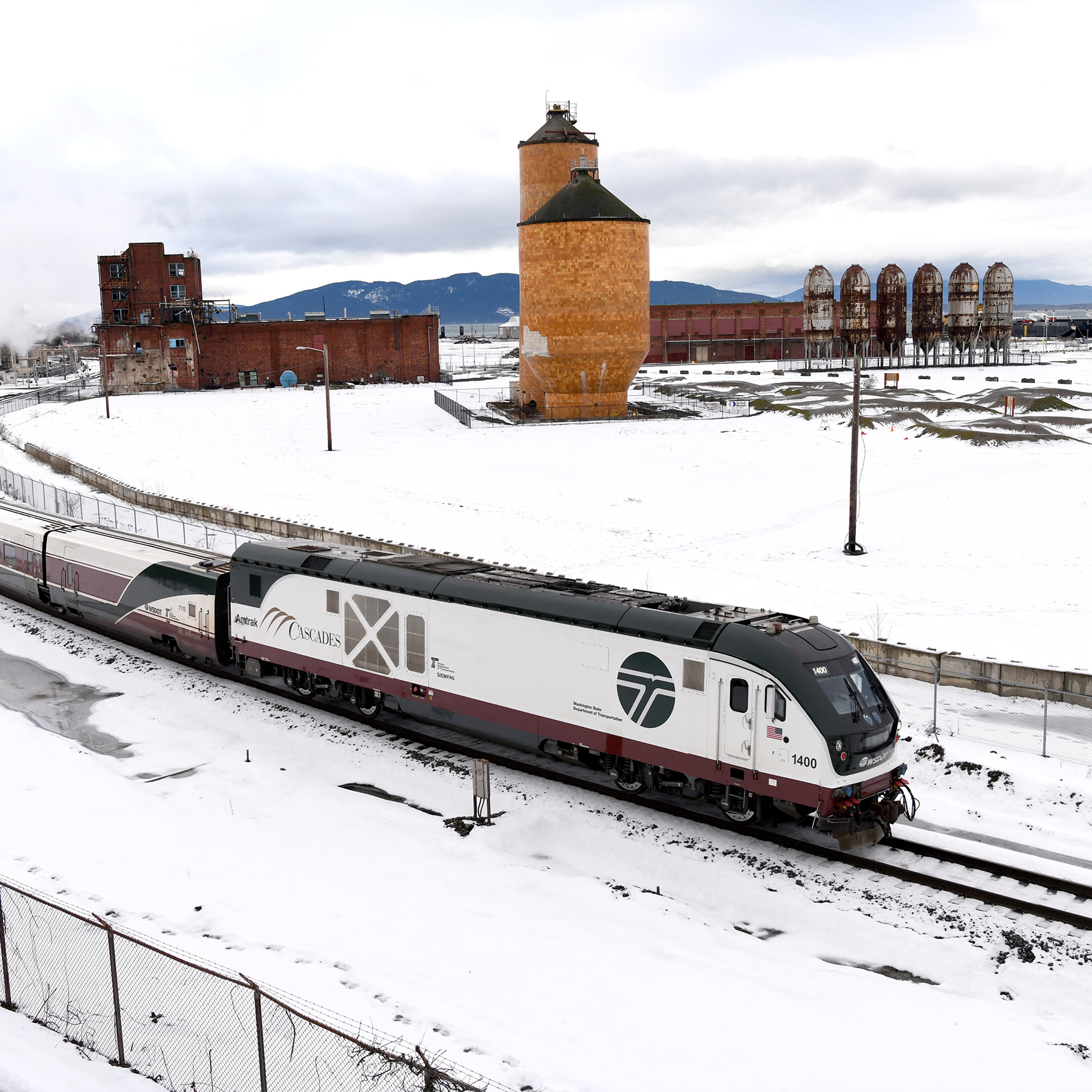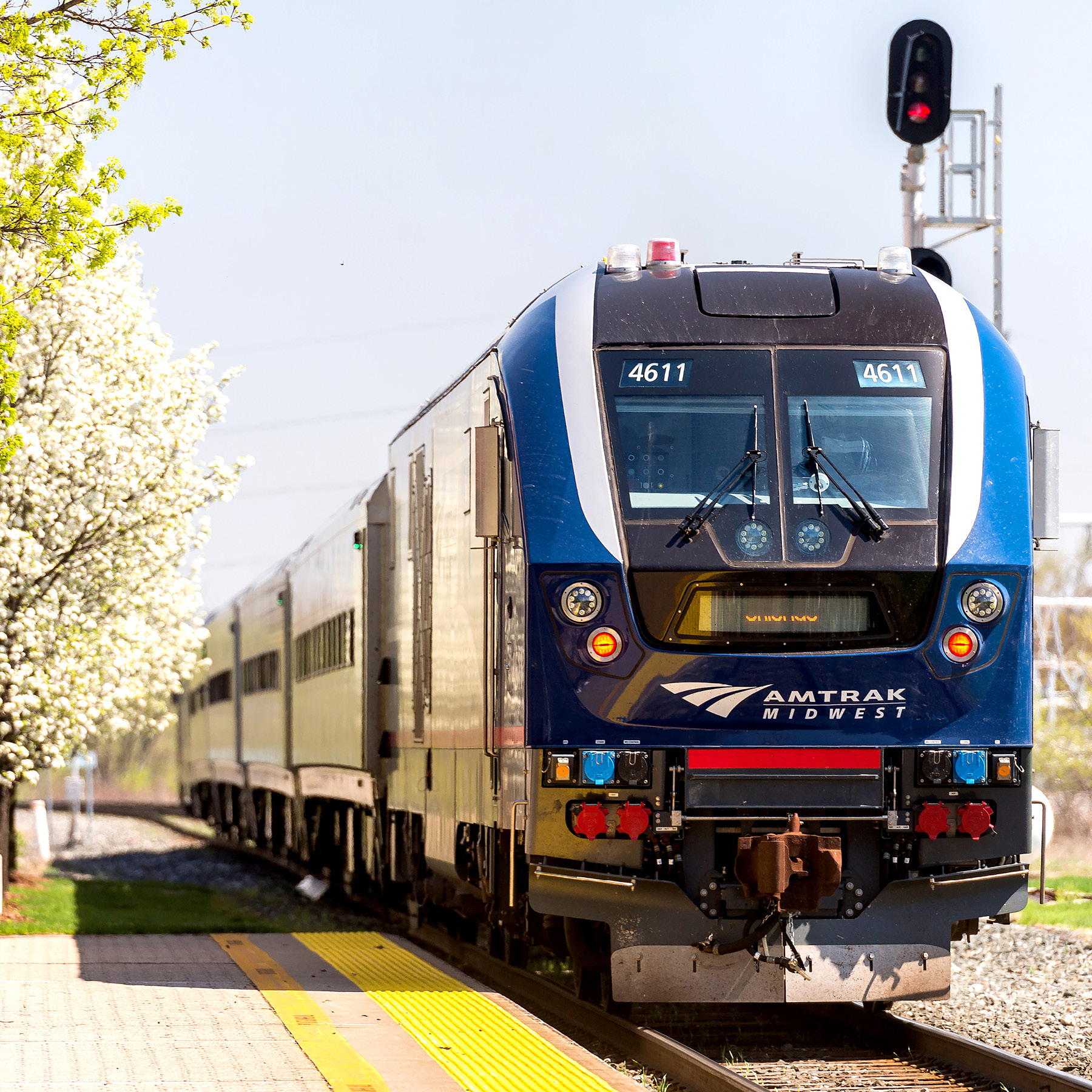Language
You can read the magazine in one of the following languages
Geolocation
You can read the global content or the content from your region


“We’re just having a lot of fun right now!” smiles Marc Buncher, President and CEO of Siemens Mobility in North America.
As the man responsible for introducing a range of new railroad technology, advanced rolling stock and electrification solutions across the booming passenger and freight rail industries, it’s easy to see why.
After the nation’s trains literally ground to a halt during the COVID-19 pandemic, the sector has bounced back impressively meaning there’s a bigger appetite than ever for the innovative intelligent traffic systems, customer data analytics and mobility as a service that Siemens Mobility is rolling out.

“I’ve been here seven years and the business is in great shape,” he says. “The industry continues to grow rapidly because the world’s recovering from the pandemic and a lot of people have a pent-up desire to go see parts of the country they couldn’t get to for two years.”
The number of passenger journeys in the United States nearly doubled between 1996 and 2019. After the COVID-19 slump, they’ve now fully recovered and are on an upward trajectory that’s set to push the industry’s annual revenues to a record high of more than US$100 billion.
Major operator Amtrak reported late last year that ticket sales were up by a quarter in 2023 to 28 million. It plans to double that figure by 2040.
Such growth is impressive, but the United States still lags a long way behind the rest of the world in terms of its citizens’ appetite for rail travel. Whereas in China and Japan, a third of all passenger kilometers are on trains, in the United States, it’s only one in 300 – lower than almost any other developed country.
The 535 million rail journeys that Americans take every year might sound like a lot, but it’s half as many as in Australia, where there are 10 million fewer people than in California alone. Oh, and the Japanese hop on trains around 25 billion times a year.
Freight, however, is a different matter. Spanning more than 250,000 kilometers, the nation’s freight rail network moves one third of all exports and is considered to be the largest, most efficient and most profitable of its kind globally. But Buncher, a rail industry veteran of 25 years, is optimistic about both sectors.
“Rail travel right around the world has been tremendous,” he says. “At the end of this year, we’ll have close to 5,000 employees because business in the United States and Canada is doing just great.

“Some of that’s been driven by the Infrastructure Investment and Jobs Act, and hopefully we’ll get another round of it, regardless of who becomes president, because it’s really starting to change the industry.”
Siemens Mobility, a subsidiary of Siemens, has a rich history of disrupting the railways with revolutionary new ideas. In 1879, it manufactured the world’s first electric train in Berlin and later invented electric trams and the first underground railway.
In 2018, some 139 years after it had introduced Berlin to electric trains, it gave the city another world first: driverless trams.
The company has been in the United States for over 40 years and its technology now operates in 40 cities.
“The growth has been amazing for both us and our competition, which is awesome for the industry because it brings so much innovation,” Buncher says proudly.
“And the benefit for our customers here is that so many of the other countries where Siemens operates like Sweden, Germany, France, Japan and China are way ahead of the United States in terms of transportation technology. And we get to leverage their breakthroughs and bring them here for the first time.”
Siemens boasts an exhaustive range of locomotives and self-propelled electric and diesel carriages as well as passenger coaches, people movers, light rail, subway trains and trams.

Its unparalleled success is partly due to the strategic partnerships it has nurtured with key suppliers. One of the most important is with CDL, a leading railroad services company responsible for installing, maintaining and repairing nearly 3,300 railroad crossings in North America and serving over 40,000 customers.
Siemens is also a world leader in AI rail network management software and analytical tools such as Xcelerator, which enriches customer and operational data.
“Right now, there’s so much talk around technology. We’re really excited about how hydrogen and electrification can make rail transport even more sustainable.
“Then there’s the safety side where there’s a massive push for communications-based train control, which is literally a software code that someone wrote that keeps our passengers safe.”
Buncher is certain that the elevated investment in railways will have an impact on some entrenched mindsets.
“Well, Americans love their cars!” he acknowledges. “In the past, it’s been very difficult to get them onto trains instead, but we’re seeing a lot of investment coming in and it’s going to make a difference.
“In fact, right now there are two high-speed rail projects funded by the federal government that’ll completely change the face of the United States.”

One of those is the US$35 billion California High-Speed Rail, a 1,250-kilometer route from Sacramento and San Francisco in the state’s north down to Los Angeles and San Diego. It’ll reduce travel times between San Francisco and Los Angeles from nine hours to just two hours 40 minutes.
The other is Brightline West between Los Angeles and Las Vegas, a line that Buncher hopes will tempt motorists to cut their current car journey time in half.
“Another reason why we’re having fun is that I’ve got a wonderful team. Actually, it’s pretty much unchanged since I arrived. When you get that glue to hold you together, you know that everyone is moving in the same direction.”